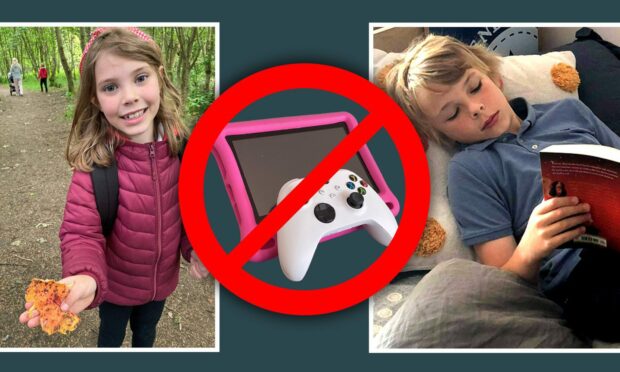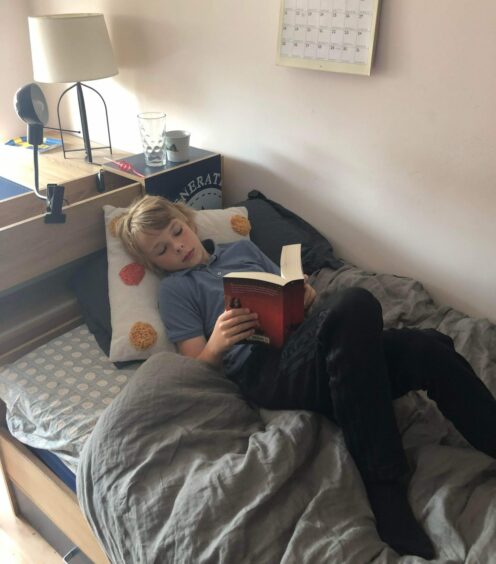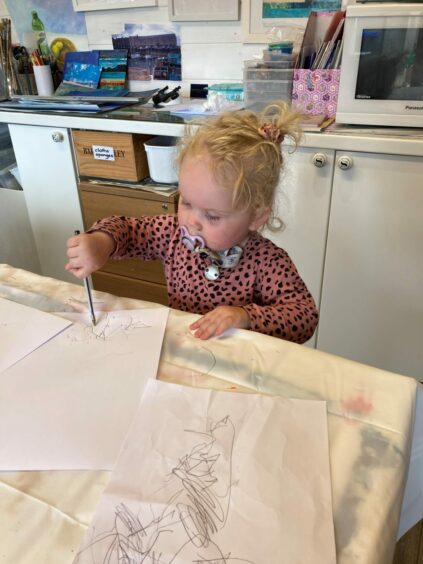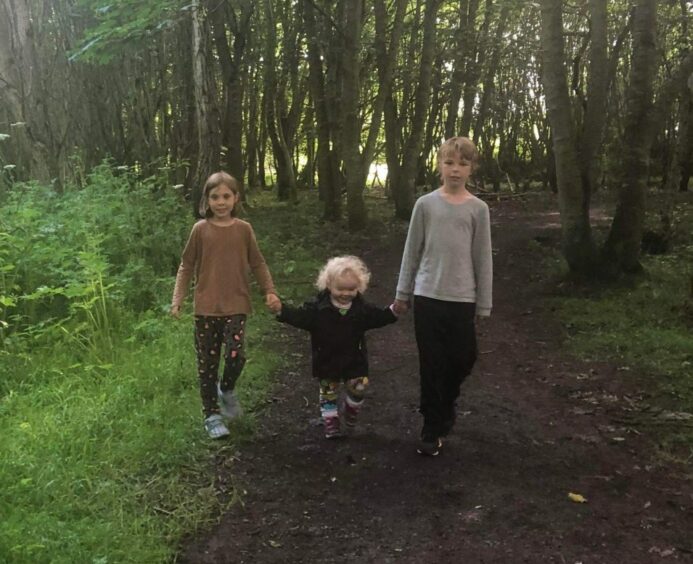Three months have passed since I banned my kids from screens for a week.
Imagine my shock to find them continuing to self-moderate their own screen-time, long after I lifted the ban.
With a screen-addict boy and girl at home, I had grappled with my conscience for too long. Enough was enough.
In April, in the run-up to global Screen-Free Week, I put my foot down and took their screens away for seven days.
Xbox was the screen of choice for my oldest, 11-year-old Johan. A quick bite to eat after school and into his room he’d go, headset on.
When none of his friends were online, he’d sit and watch videos on his tablet.
Ilse, 8, isn’t as much of a gamer but loved her tablet. She could happily while away hours in her room watching videos or playing games on it. Away from the tablet, she’d find it hard to tear herself away from the TV.
No screens for a week – Ilse’s take at the end of the experiment
I reported at the end of the week the numerous positive effects, despite initial difficulties.
But I was clear with the kids that it was just a one-week thing. At the end of the week they could have their screens back.
I’d half-heartedly told myself that I’d moderate their screen time going forward, but in reality I expected nothing other than a return to the bad old habits.
But just seven days away from their screens sufficed to break the circuit, to my surprise and delight.
Despite screens being allowed again, they seem to have moved on.
They still use their screens, but nothing like to the extent they did previously. Moderation is the order of the day, and it’s all of their own accord.
From Xbox binges to 800-page books
So what’s changed chez Petrie?
Johan has discovered Harry Potter.
He’s now watched all eight films. And yes, that’s on a screen.
But he’s currently working his way through all the books. He’s on the later ones now – the big, 800-page doorstops.
Whenever I look in on him in his room, he’s more likely to be lying on his bed reading than sat in front of the Xbox. Almost unthinkable a few months ago.
Although he’s back on his Xbox, his habits have changed markedly.
Where previously he’d have binged for six or eight hours at a time, he now seems to play for an hour or so, before finding something else to do, usually reading or playing in the garden.
Reading, writing, drawing: creativity unleashed
Ilse is also reading more.
I’ve been badgered several times that she’s “read all my books” so I’ve had to stock up on more Jacqueline Wilson, David Walliams and Diary of a Wimpy Kid. Which is fine by me – books are one thing I don’t begrudge spending money on.
She’s also branched out into writing stories herself.
Her teachers have told me during parents’ nights how good she is at writing, but when her screen habits were at their worst, I never saw her doing it at home.
Now I’m being asked to read a new story every other day.
She’s also using up reams of paper by drawing, which I now realize she seems to have some talent for.
There’s no doubt breaking the circuit of screen time has unleashed her creativity.
She’s also been on at me to sign her up for karate. “We’ll see,” I say.
Kids still making their own fun three months on
What’s interesting is that screens no longer seem to be their first choice, go-to entertainment.
They’re part of their entertainment, but no more than that, and certainly not the be-all and end-all as was once the case.
When they come in from school, rather than going straight onto screens, they head outside, either to the garden or to a friend’s house.
It had been a bugbear of my wife and I, that there often seemed to be an expectation from the kids that it’s our responsibility to entertain them.
This stopped during our screen-free week, and I’m happy to report remains more or less the case today.
I mentioned in my original article that during our screen-free week, little Edith soon lost interest in screens, despite not being a part of the challenge.
Still not yet two, this remains the case.
She only ever got a bit of CBeebies and a toddler app while mum and dad needed to concentrate on something else for 10 minutes.
But she’s no longer interested in phones, and can only really be bothered with Teletubbies as far as TV is concerned.
Better behaved, more independent, and getting exercise
Both the older kids remain more sociable, talkative, and better behaved.
They’re more creative, more independent, and get more exercise.
When we ask if they want to come out for a walk, or accompany us to the shop, they usually say yes – which was far from the case previously.
And it’s not only the kids who have benefited.
The fact that they’re more independent, more willing to entertain and help themselves, and less inclined to strops, has made life noticeably easier for my wife and I.
Of course, it’s not a bed of roses 24/7.
You can’t have three kids under 12 and have a harmonious household every day. And the odd day sees more screen time than is appropriate.
But the difference is genuinely night and day compared to before screen-free week.
Short-term pain for long-term gain
It’s taught me that it only takes small, short tweaks to children’s habits to make a lasting difference.
As an added bonus, my wife and I no longer have to deal with the guilty conscience of having kids glued to screens all day.
The biggest surprise of all is simply that one week without screens has had such a lasting effect.
And that three months on, the kids are moderating their own screen time.
Screen-free week seemed like an interesting experiment, but I fully expected them to return immediately to their bad habits.
Truly an example of short-term pain for long-term gain.




Conversation